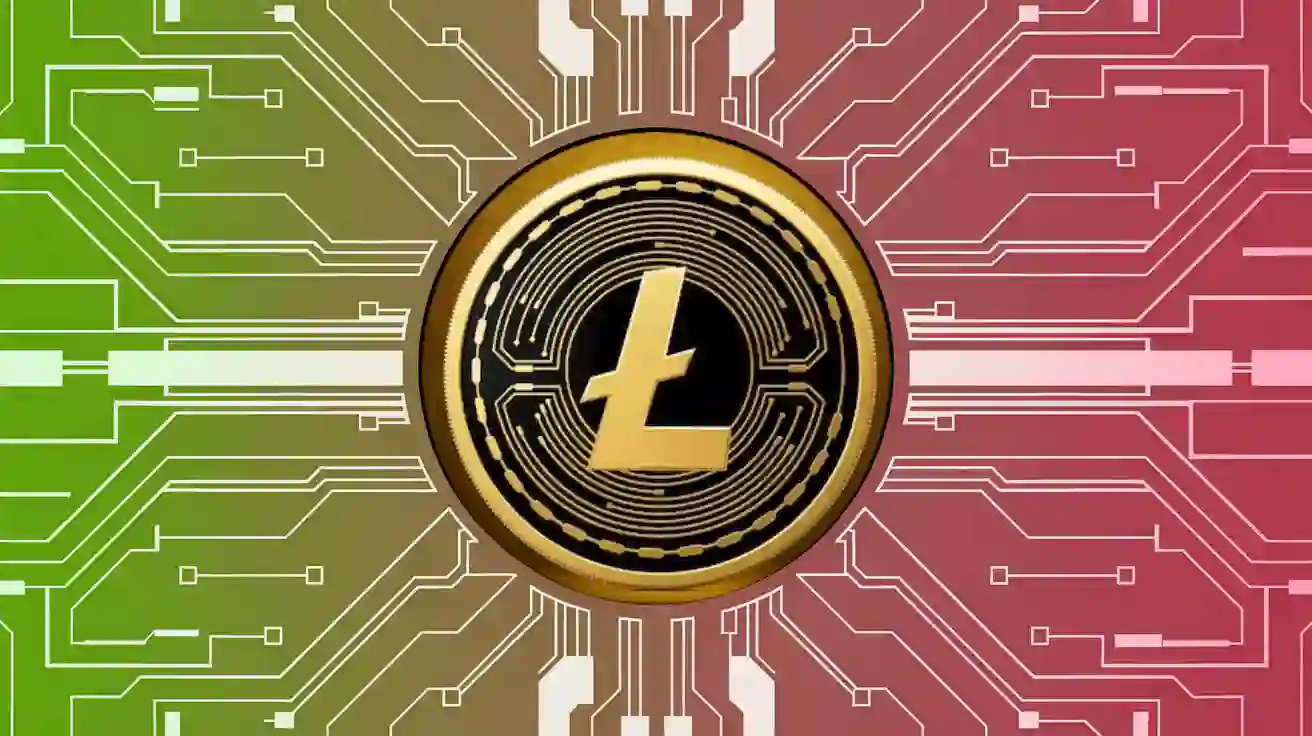Litecoin (LTC) is a decentralized, peer-to-peer digital currency designed to offer faster transaction speeds compared to Bitcoin. Created by former Google engineer Charlie Lee in 2011, Litecoin provides an alternative to Bitcoin’s slower transaction processing times by utilizing a different consensus algorithm. This makes it more accessible to individual miners while maintaining the core principles of blockchain technology.
The Origins of Litecoin
Unlike Bitcoin’s mysterious creator, Satoshi Nakamoto, Litecoin’s founder Charlie Lee is a well-known figure in the cryptocurrency community. His vision was to create a more efficient version of Bitcoin—one that could process transactions quicker and serve as a viable option for everyday purchases.
A Brief Timeline of Litecoin:
- October 7, 2011: Charlie Lee released Litecoin’s software to an open-source coding community.
- October 9, 2011: Litecoin officially went live.
- November 2013: Litecoin’s market value surpassed $1 billion.
- Present Day: It remains one of the top cryptocurrencies by market capitalization and adoption.
What Sets Litecoin Apart?
Litecoin shares several fundamental features with Bitcoin, but also introduces key improvements that enhance its usability and accessibility:
- Decentralized: No central authority controls Litecoin, ensuring trust and security.
- Peer-to-Peer Transactions: Eliminates third parties, making transactions direct and efficient.
- Borderless Payments: Enables seamless global transactions without relying on intermediaries.
- Immutability: Transactions cannot be altered or reversed once confirmed.
- Protection Against Double Spending: Prevents users from spending the same Litecoin twice.
- Blockchain Innovation: Acts as a testing ground for new blockchain technologies.
Speed and Efficiency
One of Litecoin’s biggest advantages is its speed. While Bitcoin transactions take an average of 10 minutes to confirm a new block, Litecoin achieves this in just 2.5 minutes. This makes it ideal for smaller, everyday transactions, such as buying a coffee or making online purchases.
Additionally, Litecoin uses a unique mining algorithm that differs from Bitcoin’s. This ensures more people can participate in mining, preventing large-scale mining pools from dominating the network.
Litecoin Mining and Supply
Like Bitcoin, Litecoin is created through a process known as mining, where miners solve complex mathematical problems to verify transactions and add new blocks to the blockchain. However, Litecoin employs a different algorithm called Scrypt, which is designed to make mining more accessible to individual users rather than large mining farms.
Key Facts About Litecoin Mining:
- The total supply of Litecoin is capped at 84 million coins.
- Around two-thirds of all Litecoins have already been mined.
- At the current mining rate, the last Litecoin is expected to be mined in roughly 100 years.
- Unlike Bitcoin’s mining structure, Litecoin’s Scrypt algorithm makes it harder for large mining pools to dominate the network.
How to Get Litecoin
To own Litecoin, you’ll first need a digital wallet that supports LTC. These wallets come in various forms, including mobile apps, desktop software, and hardware devices.
Once you have a wallet, you can acquire Litecoin by:
- Buying on an Exchange: Various cryptocurrency exchanges allow you to buy Litecoin using fiat currency or other cryptocurrencies.
- Mining: If you have the necessary hardware, you can mine Litecoin and earn rewards.
- Accepting Litecoin as Payment: Businesses and individuals can receive Litecoin for goods or services.
Where Can You Use Litecoin?
While Bitcoin is more widely accepted, Litecoin is gaining traction as a legitimate payment method. Thousands of merchants worldwide now accept Litecoin, and with innovations like LitePay, payment processing for Litecoin is becoming even easier. LitePay allows merchants to accept Litecoin payments directly from customers’ smartphones, increasing the practicality of Litecoin for daily transactions.
The Future of Litecoin
Litecoin has built a reputation for quickly implementing new features and innovations in the cryptocurrency space. Some key advancements include:
- Segregated Witness (SegWit): Enhances transaction speed and scalability.
- Lightning Network: Allows near-instant transactions with minimal fees.
- LitePay and Other Payment Solutions: Aims to simplify cryptocurrency payments for businesses and consumers.
While it’s still uncertain which cryptocurrency will become the dominant choice for daily transactions, Litecoin is positioned as a strong contender due to its speed, low fees, and continuous improvements.
Final Thoughts
Litecoin remains one of the most influential cryptocurrencies in the market. With faster transaction speeds, lower fees, and active development, it serves as a practical alternative to Bitcoin. Whether you’re looking to invest, mine, or use it for transactions, Litecoin continues to be a significant player in the ever-evolving crypto landscape.



